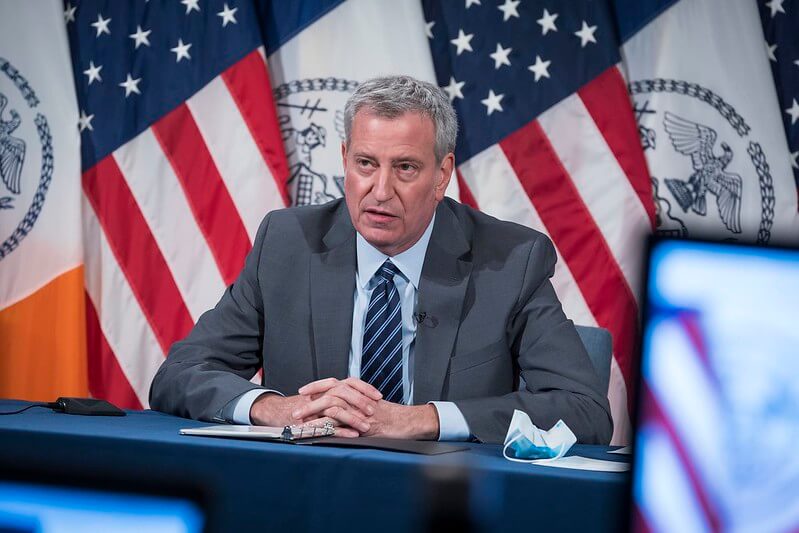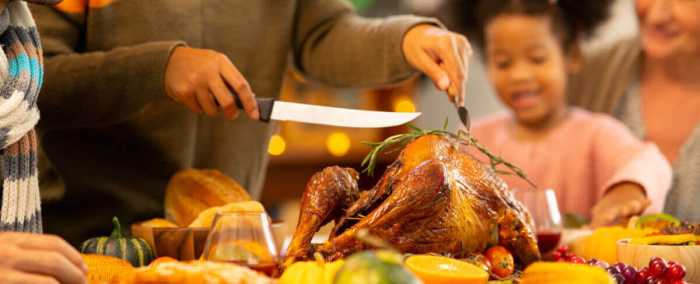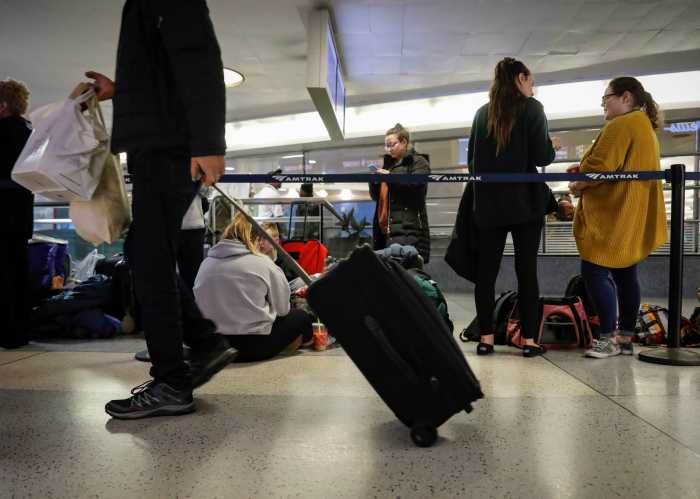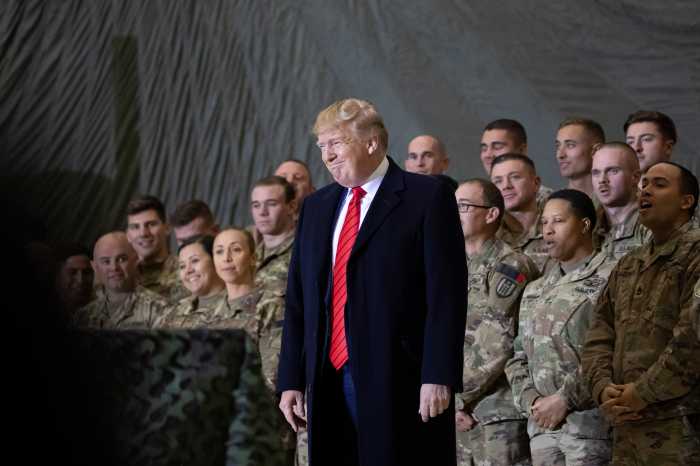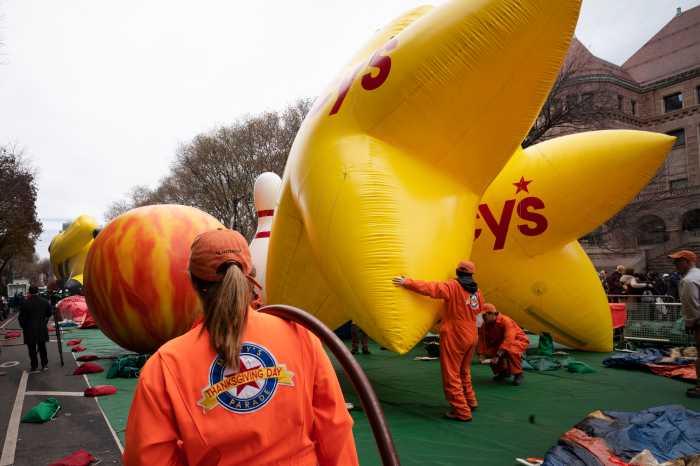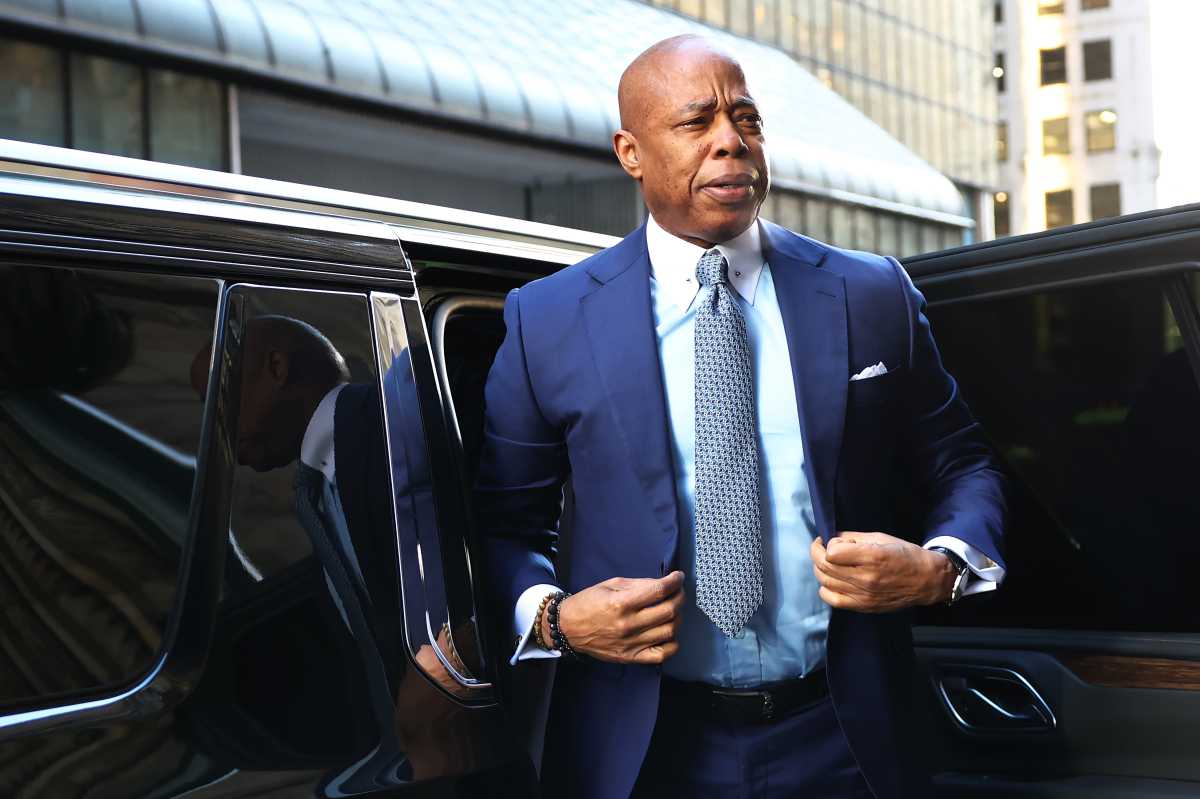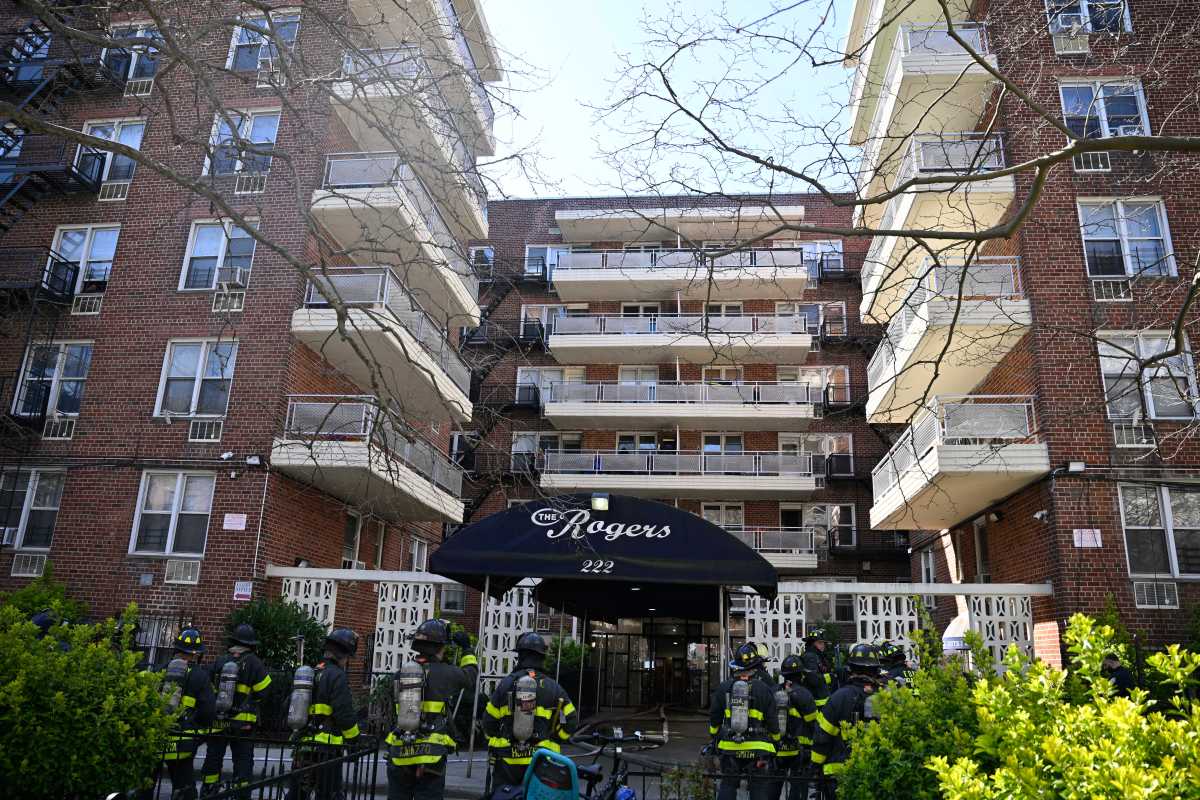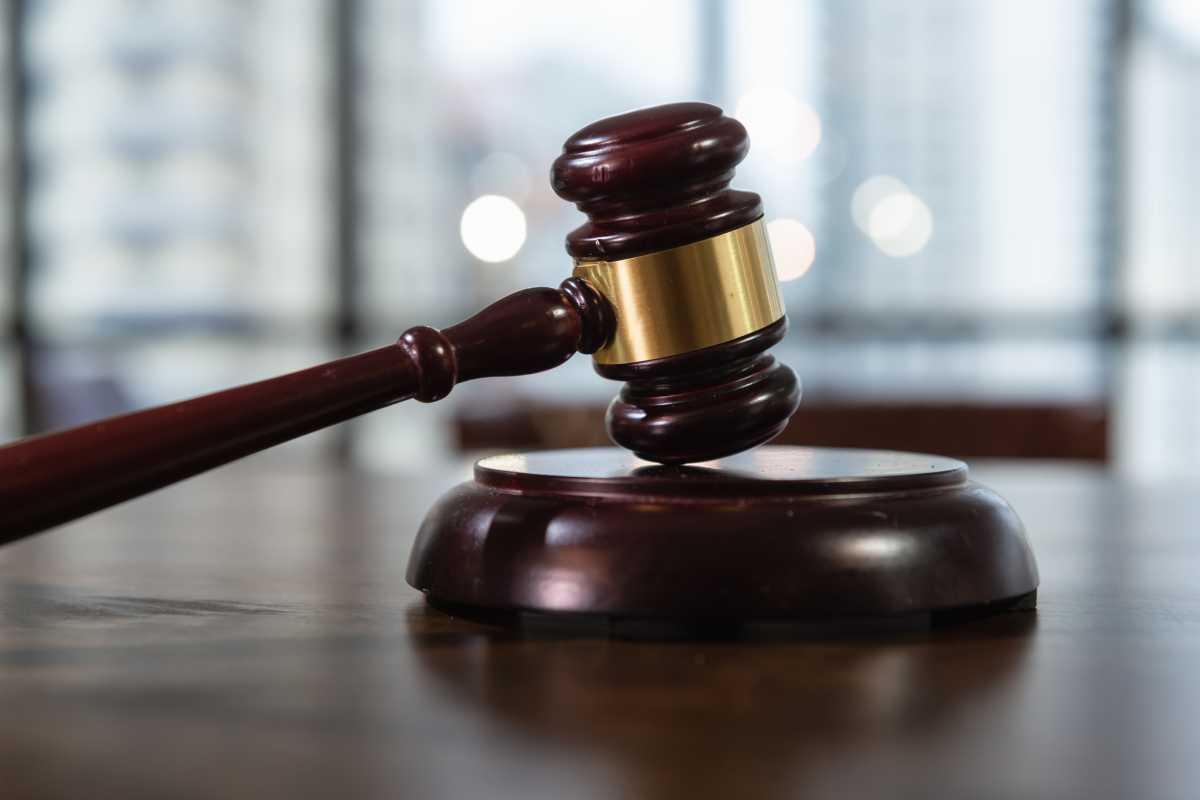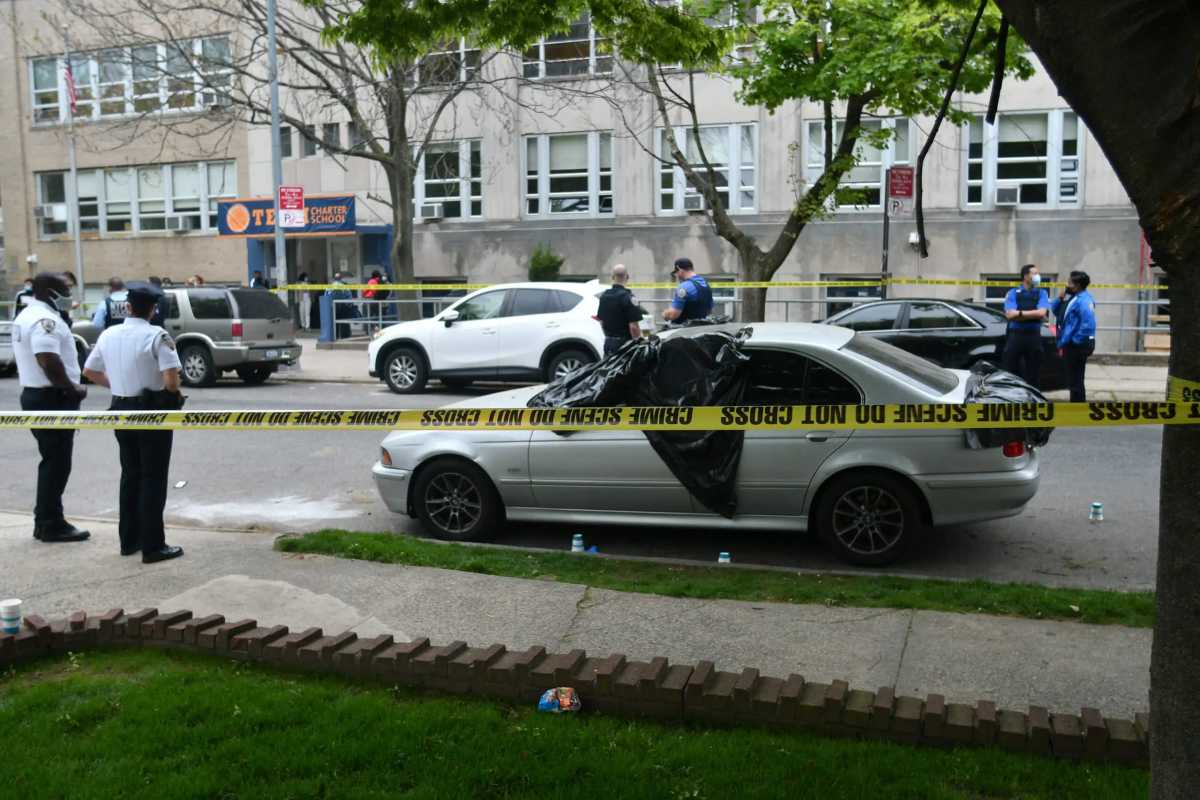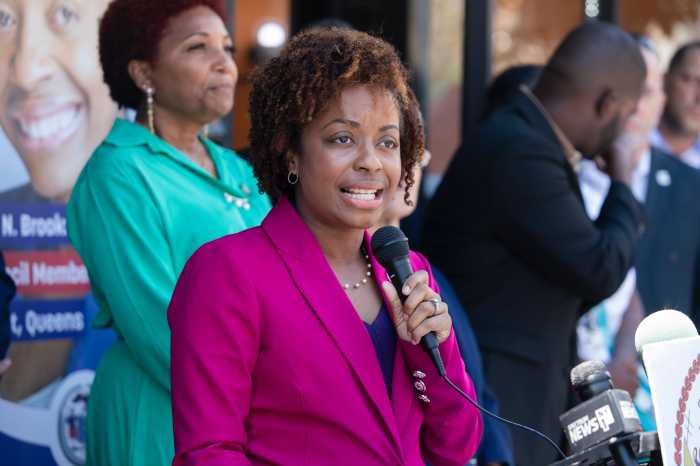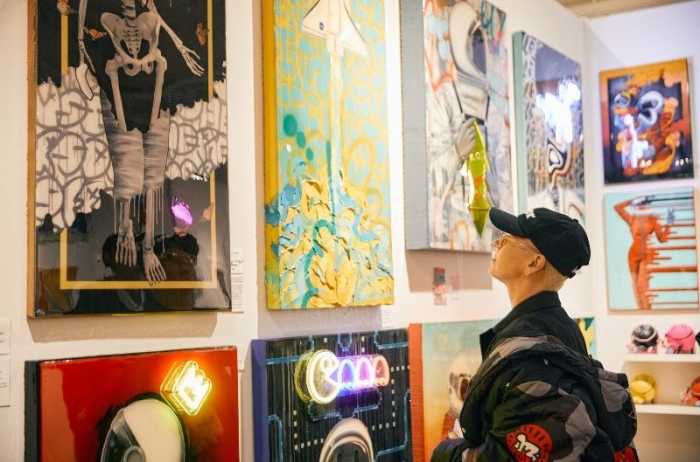New York City is on its way to falling under a state “orange zone” by early December according to city COVID-19 data prompting a rollout of restrictions like the closure of indoor dining and gyms, Mayor Bill de Blasio said.
“That will happen soon after Thanksgiving, probably the first week of December,” de Blasio said during an interview with WNYC. De Blasio reported 1,255 new cases of the virus, a daily positivity rate of 2.36% and a daily positivity rate of 3.02%.
In addition, 115 New York City residents were hospitalized for suspected COVID-19 symptoms with 34%–roughly 39 people–testing positive for the virus. “ICU’s are doing well, thank God, not too much of a crowding situation there. New reported cases, this again is worrisome as all hell,” de Blasio stressed.
Earlier this week, Governor Andrew Cuomo warned New Yorkers that the entire city could become an “orange zone” if the citywide positivity rate based on a seven-day rolling average reached 3%, according to state data.
Last month, the governor began implementing a new “micro-cluster” strategy to address isolated upticks in COVID cases. The approach placing neighborhoods surrounding a COVID “hot spot” into a colored zone each with their own corresponding restrictions on gatherings, indoor and outdoor dining, houses of worship and business operations.
Red zones are the state’s focus areas and where the most rapid increase in virus cases is taking place. All non-essential businesses must close in “red zones,” mass gatherings are prohibited, schools can stay open if they test all adults and children for COVID before reentering the building and then 25% of students and staff on a weekly bases and houses of worship may remain open at 25% capacity.
Orange zones can either be placed on geographical areas surrounding red zones to serve as a buffer or can be placed alone in an area as an effort to mitigate the spread of the virus. In an “orange zone,” indoor and outdoor gatherings are limited to 10 people, houses of worship may remain open at 33% capacity, high-risk business like gyms must close and schools can officer in-person classes four days after the zone designation is announced to students and staffers with proof of negative COVID-19 test. Schools must then randomly test 25% of students and staffers every week.
Like orange zones, yellow zones can serve as a buffer around an orange zone or be placed on a geographical area alone. In yellow zones, businesses may remain open, tables at indoor or outdoor restaurants are limited to four people, houses of worship may remain open but a 50% capacity and schools must randomly test 20% of students and staff taking part in in-person classes every week.
Governor Cuomo’s warning was given on the same day Schools Chancellor Richard Carranza emailed principals to transition all students to remote learning since the city had reached it’s 3% threshold. Hours later, Mayor de Blasio confirmed that the daily COVID-19 positivity rate based on a seven-day average had reached exactly 3.0% prompting a systemwide shutdown of public schools for a second time this year.



